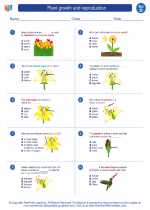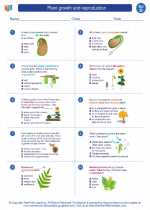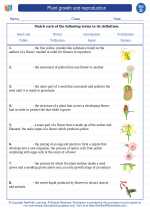Linear Motion
Linear motion is the movement of an object in a straight line. This type of motion can be described using various parameters such as distance, displacement, speed, velocity, and acceleration.
Distance and Displacement
Distance is the total length of the path traveled by an object, while displacement is the shortest distance between the initial and final positions of the object. Displacement can be zero if the object returns to its initial position.
Speed and Velocity
Speed is the rate of motion and is calculated as the distance traveled divided by the time taken. Velocity, on the other hand, is the rate of motion in a specific direction and is calculated as displacement divided by time. Velocity has both magnitude and direction, while speed only has magnitude.
Acceleration
Acceleration is the rate of change of velocity. An object is accelerating if its speed, direction, or both are changing. The formula for acceleration is the change in velocity divided by the time taken.
Equations of Linear Motion
There are several equations that describe linear motion, including:
- 1. Equation of Motion: \(v = u + at\), where \(v\) is the final velocity, \(u\) is the initial velocity, \(a\) is the acceleration, and \(t\) is the time.
- 2. Equation for Displacement: \(s = ut + \frac{1}{2}at^2\), where \(s\) is the displacement, \(u\) is the initial velocity, \(a\) is the acceleration, and \(t\) is the time.
- 3. Equation for Final Velocity: \(v^2 = u^2 + 2as\), where \(v\) is the final velocity, \(u\) is the initial velocity, \(a\) is the acceleration, and \(s\) is the displacement.
Study Guide
To understand linear motion, it is important to grasp the concepts of distance, displacement, speed, velocity, and acceleration. Additionally, it is crucial to be familiar with the equations of linear motion and how to apply them to solve problems. Practice calculating speed, velocity, and acceleration using different scenarios and units of measurement. Understanding the difference between speed and velocity, as well as distance and displacement, is key to mastering this topic.
.◂Science Worksheets and Study Guides Fourth Grade. Plant growth and reproduction

 Worksheet/Answer key
Worksheet/Answer key
 Worksheet/Answer key
Worksheet/Answer key
 Worksheet/Answer key
Worksheet/Answer key
 Vocabulary/Answer key
Vocabulary/Answer key
 Vocabulary/Answer key
Vocabulary/Answer key
